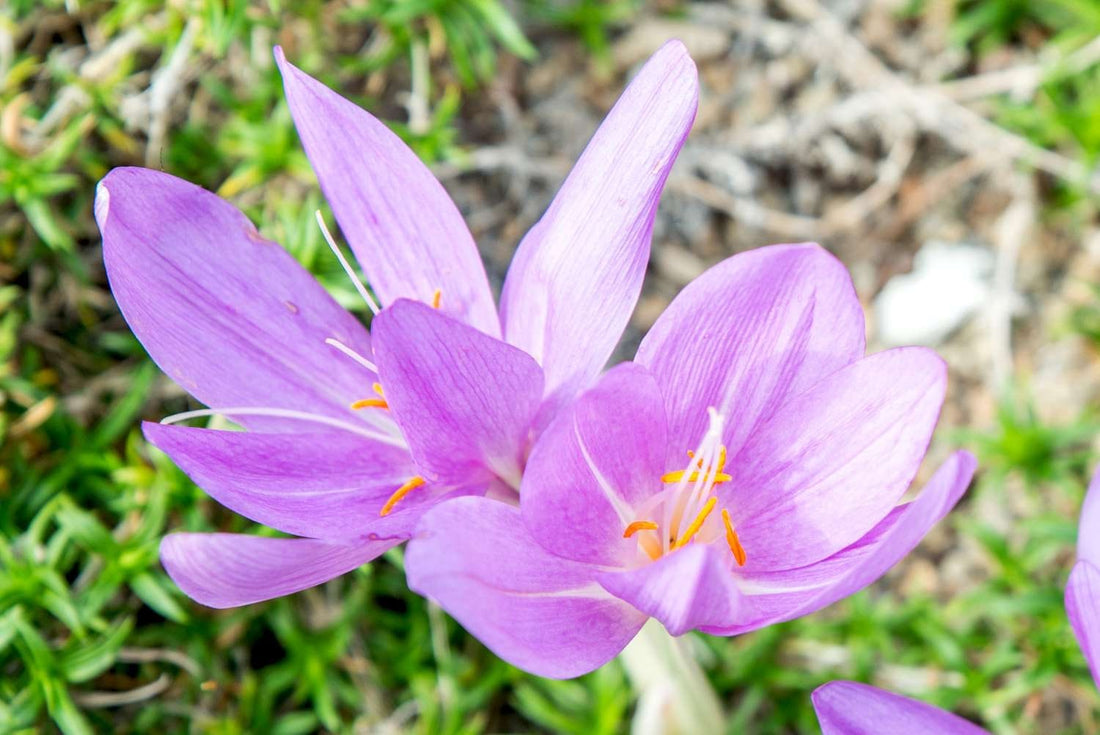Autumn crocus brings a late‑season flash of color just as borders begin to fade. The name covers two groups: Colchicum (meadow saffron) and true fall‑blooming crocuses (Crocus speciosus, C. sativus, and kin). Plant in late summer in sunny, well‑drained soil—grit or sharp sand helps in heavy ground. For Colchicum, set large corms 4–6 in deep, 6–8 in apart; they flower leafless in fall, then send strappy foliage in spring. For fall crocuses, plant smaller corms 3–4 in deep, 2–3 in apart; grassy leaves accompany or follow bloom. Water once after planting, then sparingly; excess summer moisture invites rot. Tuck among groundcovers, between stepping stones, or at the feet of roses and grasses for surprise “pops.” Avoid mowing until foliage yellows. Hardy roughly zones 4–8, species dependent. Deer and rabbits ignore Colchicum; crocuses may need bulb baskets against voles. Note: all parts of Colchicum are highly toxic—site away from pets and edible beds. Divide every 3–5 years if flowering wanes. For saffron, harvest crimson stigmas of C. sativus the day blooms open and dry promptly. Pair with asters, sedums, and fine grasses for a luminous autumn tapestry.
Autumn crocus

